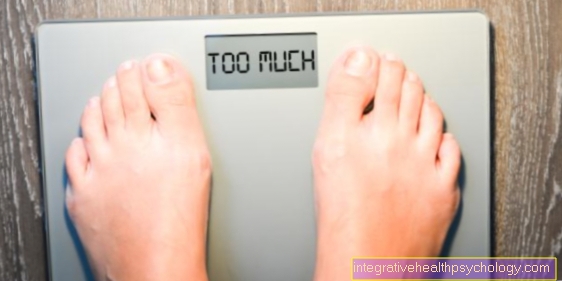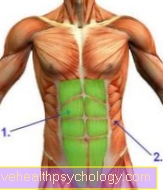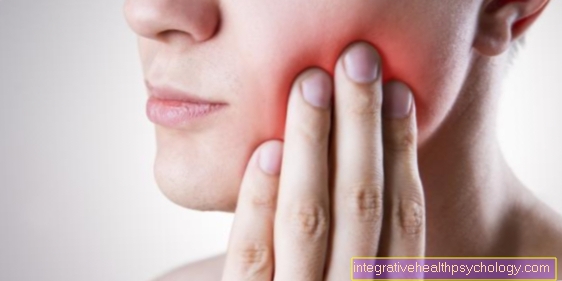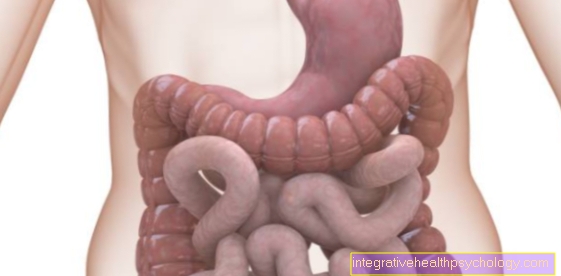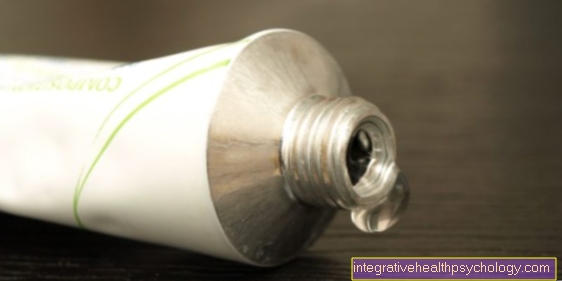The tartar eraser
definition
A Tartar eraser is a hand instrument used in dentistry, which consists of a shaft made of stainless steel and contains a rubber tip with crystals, and is used to loosen light tartar deposits.
The Silicon carbide crystals harden the rubber and create an abrasive effect that creates the roughness and strength so that the tartar can be gently abraded.
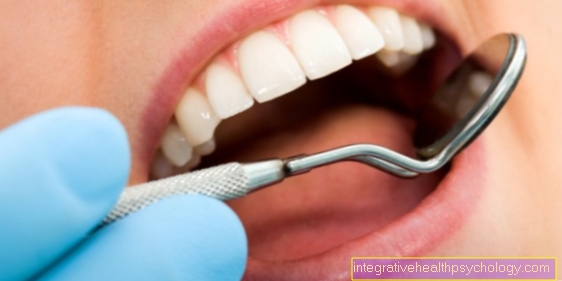
What are they used for?
The tartar eraser is there to remove light tartar deposits and stains from teeth.
The discoloration is caused by Tea, coffee, nicotine or red wine and over a longer period of time can lead to very unsightly yellowish and brownish teeth. Also Berry and Red fruits can discolor the teeth. If this discoloration is not removed when fresh, stubborn veils will remain on the teeth that cannot be removed with the toothbrush. In this case, the tartar eraser can remove the discoloration and also light plaque deposits.
You might also be interested in this article: How do you get white teeth?
How is the tartar eraser properly used?
Correct use of the tartar eraser always requires a certain amount of caution. The eraser should not be exerted with excessive pressure or force, but should be guided over the tartar with almost no pressure in order to remove it.
Furthermore, the eraser should be used on the cleaned teeth and not directly after eating, as the teeth are roughened by fruit acids or food and more tooth structure can then be removed.
The tartar eraser should not be used in combination with polishing pastes or a whitening toothpaste, as there is a risk of thinning the enamel and causing lasting damage to the teeth. The abrasive effect of the rubber is completely sufficient to remove light tartar deposits.
The tartar eraser should support normal oral hygiene and is not intended as a substitute for regular tooth brushing.
Find out more here: How can you remove tartar yourself?
What are the risks?
If the tartar eraser is used too forcefully or too frequently, the teeth can be damaged because not only is the tartar minimized, but the enamel is also removed.
The teeth can become sensitive to the irritation and to thermal stimuli such as cold and heat overreact.
In addition, if used incorrectly, the gums and soft tissues can be damaged, causing bleeding or the gums retracting from the excessive pressure and exposing the necks of the teeth.
Due to the bacterial environment in the saliva, wounds in the oral cavity tend to become infected and inflamed, which can lead to wound pain. Retracted gums, so-called Recessions are painful and produce an excessive sensation of cold, as the dentin, the soft dentin, is exposed and is no longer protected by the gums that originally lay above it.
Furthermore, there is the risk of loosening teeth that are already loose and loosening the ligaments by applying too much force. In the worst case, these can fall out.
When shouldn't it be used?
The tartar eraser is not suitable for everyone. Patients with sensitive teeth and thin gums should not use the tartar eraser to prevent further weakening of the gums and tooth structure.
Teeth that have previously been periodontally damaged and have an increased degree of loosening are also unsuitable for the application, since the risk of increasing their loosening is too great.
Patients with limited ability to follow hygiene instructions, who are no longer as dexterous due to age or disability, should avoid the tartar eraser due to the increased risk of injury.
Patients with genetic diseases of the tooth structure such as Amelogenesis imperfecta and Dentinogenesis imperfecta must not use the tartar remover, as the hard tooth substances are already fundamentally damaged by the malformations.
Another contraindication is the deciduous dentition in children, as the enamel layer of the deciduous teeth is much thinner and the teeth would be easily damaged.
Which tartar erasers are there?
There are different forms of the tartar eraser. The classic tartar eraser is out stainless steel, which can be sterilized and whose rubber tip can be replaced. This model is right high-quality.
A simpler product is the tartar eraser with a plastic shaft that is also suitable for domestic use. Some products have a rubber tip on one stainless steel end and a tartar scraper on the other end Combination device. The disadvantage of this is that the tip of the tartar scraper has to be sharpened after a few uses in order to ensure functionality.
Sharpening, however, is not particularly easy and should only be done by a skilled hand in order not to "grind" the instrument. Incorrect sharpening can weaken the tip and make it easier to break.
Another disadvantage of the stainless steel instruments is that they cannot be sterilized in domestic use, which is why germs and bacteria can be transmitted in this way. Hence an instrument should too only used by one user so as not to transmit pathogens.
Cost of a tartar eraser
Tartar erasers are a very inexpensive tool for loosening tooth discoloration and removing light plaque deposits. The cheapest versions of the tartar eraser with a plastic shaft are available for less than ten euros.
Higher quality instruments made of stainless steel, which can be sterilized, are available for around fifteen euros.
The most expensive products are the combined tartar erasers, which have a tartar scraper on one end and the rubber attachment on the other. These stainless steel instruments are available in stores from twenty euros and up.
What results can be expected?
In general, the expectations when using a tartar eraser should not be too high, because the layman has no experience and no specialist knowledge to carry out a targeted thorough cleaning.
Furthermore, massive tartar deposits cannot be removed with an eraser, but must be removed professionally in a dental practice with an ultrasound device or hand curettes.
The tartar eraser is more for light tartar deposits that are not too thick and especially for stains and Edges of tea, coffee and nicotine use. If these have not been around for that long, they can be removed satisfactorily with the rubber of the eraser. In the case of stale discolorations, however, only professional teeth cleaning or application with Airflow can remedy the situation.
For more information, read the following article: Professional Teeth Cleaning
What are the alternatives to the tartar eraser?
Alternatives to the tartar eraser are available in large numbers on the market, but only a few of them remove tartar sensibly and gently.
First of all, the professional teeth cleaning should be mentioned, with which a trained specialist in the dental practice helps Ultrasound equipment and Hand curettes gently removes the tartar without damaging the teeth. In some practices this is also done Airflow applied that one Sandblasting machine resembles. This is a Powder-water-air mixture sprayed with pressure on the teeth, which removes plaque and smoothes the teeth.
Home alternatives are ultrasonic toothbrushes, which can remove light plaque buildup. Dental floss and polishing strips are also ideal for cleaning and smoothing the spaces between the teeth.
Home remedies like baking powder or citric acid are harmful to teeth and therefore not suitable.
Read on under: Scaler

